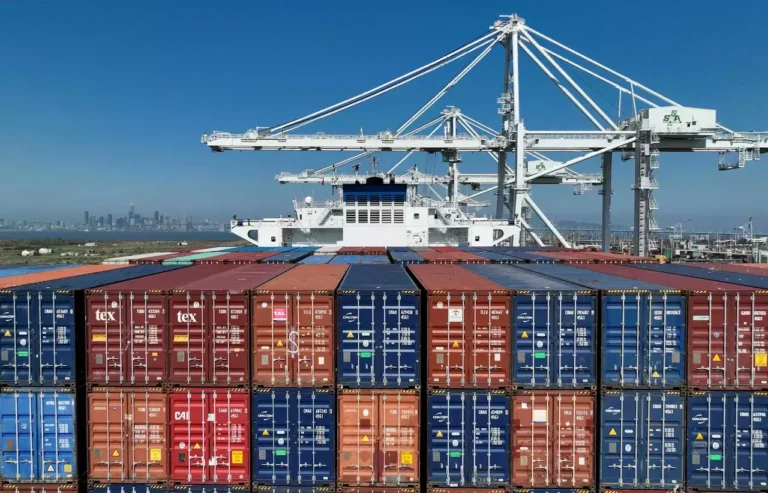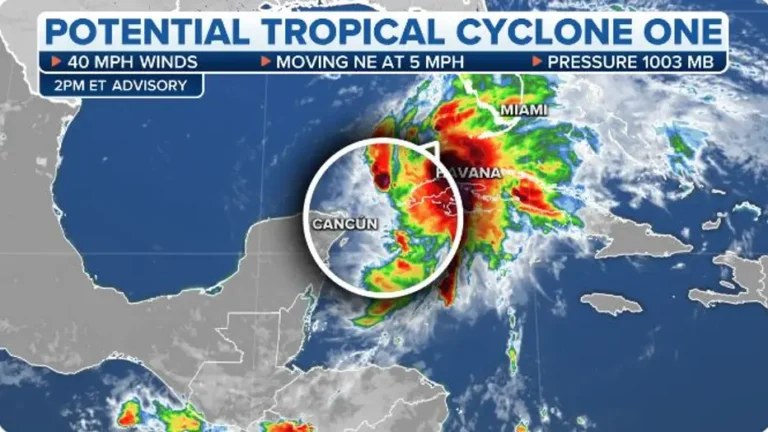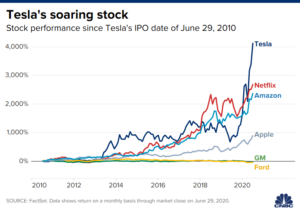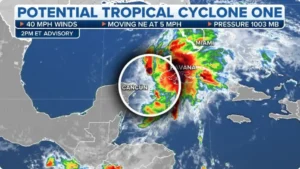The economic landscape of the United States has always been subject to ebbs and flows, marked by periods of growth and contraction. Over the years, the nation has weathered various economic storms, but a unique phenomenon has emerged in recent times – the rolling recession. In this article, we delve into the intricacies of the USA’s rolling recession, its causes, impacts, and potential strategies to navigate this challenging terrain. (US Facing Rolling Recession)
The Anatomy of the Rolling Recession
Unlike traditional recessions that blanket the entire economy, the rolling recession is a more nuanced and segmented phenomenon. It involves simultaneous contractions in specific sectors or regions, while other areas may experience growth. This fragmented recession pattern can make it difficult to pinpoint the exact state of the national economy, as it operates in a constant state of flux.
Causes and Contributors
Several factors contribute to the emergence of a rolling recession:
1. Global Economic Interdependence: In today’s interconnected world, the global economy plays a significant role in shaping national economic trajectories. Economic slowdowns in major trading partners can have a ripple effect on various sectors, triggering a rolling recession.
2. Sectoral Disparities: The USA’s economy is a complex tapestry of diverse sectors, each with its own cyclical patterns. When a downturn occurs in a particular sector, it can set off a chain reaction that impacts related industries and, subsequently, the broader economy.
3. Technological Disruptions: Rapid technological advancements often lead to creative destruction. While new technologies boost some sectors, others may find themselves obsolete, contributing to the rolling recession in those areas.
4. Policy Shifts and Uncertainty: Sudden policy changes or prolonged political uncertainty can create an environment of hesitation among investors, causing them to scale back investments. This can lead to slowdowns in key sectors.
5. Consumer Behavior: Changes in consumer spending habits can significantly impact certain sectors. For instance, a shift towards online shopping may adversely affect brick-and-mortar retail, triggering a rolling recession in the retail sector.
Impacts on the Economy
The rolling recession has far-reaching implications for the USA’s economy:
1. Employment: Sector-specific recessions often lead to job losses in those industries. The ripple effect can extend to related sectors, causing a spike in unemployment rates in affected regions.
2. Income Inequality: Rolling recessions can exacerbate income inequality as certain sectors suffer more than others. This disparity in economic fortunes can lead to social and political tensions.
3. Investor Confidence: A series of rolling recessions can erode investor confidence, making them hesitant to invest in the markets. This reluctance can hinder overall economic recovery.
4. Fiscal Strain: Governments often have to step in to support affected sectors and regions through stimulus packages and subsidies. This can strain fiscal budgets and impact long-term economic planning.
Navigating the Rolling Recession
Addressing the challenges posed by a rolling recession requires a multi-faceted approach:
1. Diversification: Encouraging economic diversification can make regions and sectors more resilient to economic shocks.
2. Skill Development: Equipping the workforce with adaptable skills can help individuals transition from declining sectors to those with growth potential. Lifelong learning and upskilling programs play a crucial role here.
3. Flexible Policies: Policymakers should adopt flexible policies that can be quickly adapted to changing economic conditions. This includes agile fiscal and monetary measures to counteract downturns.
4. Infrastructure Investment: Strategic investments in infrastructure projects can stimulate economic activity, create jobs, and lay the foundation for sustained growth.
5. Innovation and Technology: Embracing technological advancements can drive growth in various sectors. Governments, businesses, and educational institutions should collaborate to nurture innovation.
6. Global Engagement: Strengthening international trade relations and diversifying trading partners can mitigate the impact of a global economic slowdown.
Conclusion
The rolling recession poses a complex challenge to the USA’s economic landscape. As sectors and regions experience contrasting fortunes, a dynamic and adaptable approach is needed to navigate these uncertain waters. By promoting diversification, investing in education and innovation, and adopting flexible policies, the nation can better withstand the cyclical nature of the rolling recession. Moreover, fostering resilience at the individual, regional, and national levels will be instrumental in not only weathering the storm but also emerging stronger and more prepared for future economic shifts.















+ There are no comments
Add yours